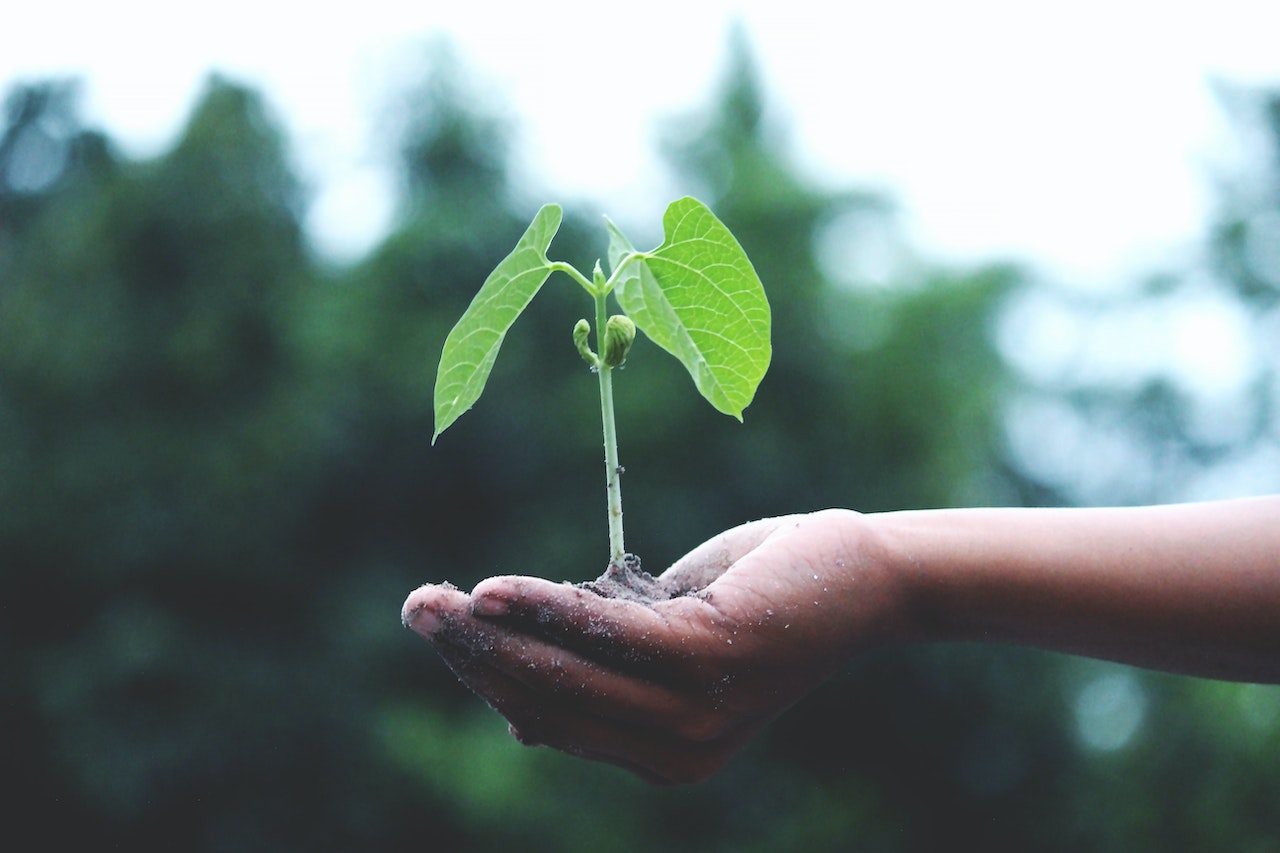This post was originally published on Sustainability Matters

Nappies and sanitary pads present a problem for sustainability because their absorbent parts and waterproof layers contain plastics and other synthetic polymers. When thrown away, they can take hundreds of years to decompose.
Now, researchers have found a way to replace these problematic materials with porous components made from the protein biomass often discarded by the food and agricultural industries. These components are sustainable and biodegradable, and could potentially allow future nappies and sanitary pads to be flushed down a toilet or used as fertiliser.
Antonio Capezza, a researcher in the polymeric materials division at KTH Royal Institute of Technology in Sweden, presented these findings at the spring meeting of the American Chemical Society (ACS), held in March 2024.
Capezza said that in Europe, regulations discourage the use of certain petroleum-based plastics in disposable goods; however, there aren’t clear guidelines or regulations to ban these plastics in nappies, sanitary pads and other disposable sanitary items because a good replacement hasn’t been available. “But we’re hoping to change that with our protein-based materials,” he said.
Capezza is collaborating with researchers at KTH, the Swedish University of Agricultural Sciences and other institutions, including Simón Bolívar University in Venezuela, the University of Tokyo in Japan and the University of Seville in Spain.
Ironically, the project had its origins in a demonstration designed to teach students what can go wrong in the lab. Capezza was showing them how to make bioplastic filaments using proteins. To mimic the impact of unwanted humidity, he added wet cotton, which caused the mixture to foam. Once the product dried, the material had become super porous, meaning it could sop up liquid like a sponge.
“So it was sort of an accident, but a good one, because that led us to an entirely new line of research,” he said.
While there are already some cotton-based alternatives to plastic sanitary products on the market, these rely on virgin cotton and may need bleaching or other chemical treatment for their production. Capezza’s team identified a more sustainable material source in the proteins and other natural molecules left over from food and agricultural production that might otherwise be landfilled or incinerated, including zein from corn, gluten from wheat and natural antioxidant extracts.
The researchers mixed the proteins together in different proportions and added water and bicarbonates, such as baking soda, as foaming agents; the sweetener glycerol as a plasticiser; and natural extracts as preservatives.
They then used equipment and processing techniques from the plastics industry, including extrusion, to make various components commonly found in pads and nappies. In much the same way as a pasta maker, the extruder enabled the team to produce filaments and flat sheets while simultaneously allowing them to foam the materials. These techniques produced a flat ‘nonwoven’ layer that remained dry to the touch while allowing liquid to rapidly pass through; a fluffy porous material with super-absorbent properties that captured liquid; and waterproof films to protect outer garments.
As a proof of concept, the researchers assembled these components to make protein-based absorbent prototypes that resembled disposable sanitary products. Once exposed to water or soil, the materials completely biodegraded in a few weeks, releasing carbon, nitrogen, phosphorus, amino acids and other compounds that nature can reuse as nutrients.
Compost from these products (or any waste produced at the manufacturing stage) could be used to fertilise crops such as corn and wheat, which would in turn provide the starting materials to make new sanitary products. “So it’s a fully circular design,” Capezza said.
The researchers have already shown that plants grow longer leaves and roots when exposed to this compost. “And our tests have shown that because it’s protein based, there’s no risk whatsoever that these products will pollute the soil with microplastics or other unwanted chemicals when they break down,” Capezza added.
While the performance of protein sanitary pads is similar to that of conventional pads, protein nappies aren’t as absorbent as their plastic counterparts. That means protein nappies either need to be thicker, or their formulation needs to be tweaked to improve absorption. To boost liquid uptake and mechanical strength, the researchers are now exploring the addition of lignocellulose, a blend of lignin and cellulose found in plants. This material is a low-value by-product of the farming and forestry sectors. Results to date show its addition is bringing performance close to that of conventional nappies.
The team is now preparing for pilot studies to test the feasibility of scaling up production. Additional evaluations, including human skin irritation tests, will need to be done before any of these products can go on the market, Capezza said.
The research was funded by the Bo Rydin Foundation and Formas, a Swedish government research council for sustainable development. The team has filed a patent application on the technology and process.
Image credit: iStock.com/Collab Media





0 Comments